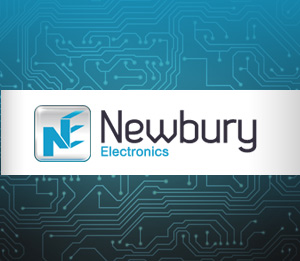
CAD in 3D Printing
What is 3D printing?
CAD has recently been developing into a new field. 3D printing is the process of creating three dimensional objects on a computer. The technology surrounding this is constantly developing and it has been supported by Microsoft and Google. They have both integrated 3d scanning onto their hardware. This is a clear sign that there is the possibility for a bright future in this field.
What is CADs role in 3d printing?
If CAD technology develops further, the future is very promising for 3D printing. It is possible using this technology to create a variety of different, unconventional shapes to create whatever is desired. This is in stark contrast to the CAD software of old which relies on conventional shapes such as squares or ovals. 3D printing also offers the possibility of shortening the development cycle. Parts can be immediately created. If changes needed to be made to a design as soon as possible, it would be much easier to make these changes and remanufacture the product urgently. Allowing engineers to be more experimental in their designs is sure to increase their quality and creativity.
The role of the cloud
The possibilities with the cloud working with 3D printing are endless. Designs can be much more experimental, at a smaller cost. 3D printing technology is sure to have a tremendous effect in the days to come. Field experts have stated CAD needs to move into the cloud. There are emerging cloud systems, these allow whole teams to simultaneously work on the same project across computers, phones and tablets. Designers’ working together globally is another major benefit of this, as well as being able to print long distance. Traditional CAD software is also renowned for being somewhat frustrating to work with. Constant updates to your computer hardware need to be made, as well as very large costs upfront. One of the up and coming cloud CAD technologies is known as Onshape. Only recently out of its testing period, it works out of the browser and offers an extremely affordable solution. It also offers no installs, updates or other hassle due to being in a web browser. The lower cost also will let smaller businesses and those who treat it as a hobby to be involved.
Possible drawbacks
There are some potential negatives with this new technology. While 3D printers are starting to be more accurate, the plastic materials used come with a very slight deviation in accuracy (by 0.1mm). As precision is so important for the field, this could sway businesses or designers away from it until its accuracy gets higher. There are some size limitations, limiting what can be produced. There is a small selection of materials available currently, in comparison to traditional manufacturing.
The Future
3D printing is a very promising field, alongside the developing CAD technologies it will certainly play a part in future design. Gradually its negatives are being improved on and it’s becoming more viable. Only time will tell in regards to its usefulness.

